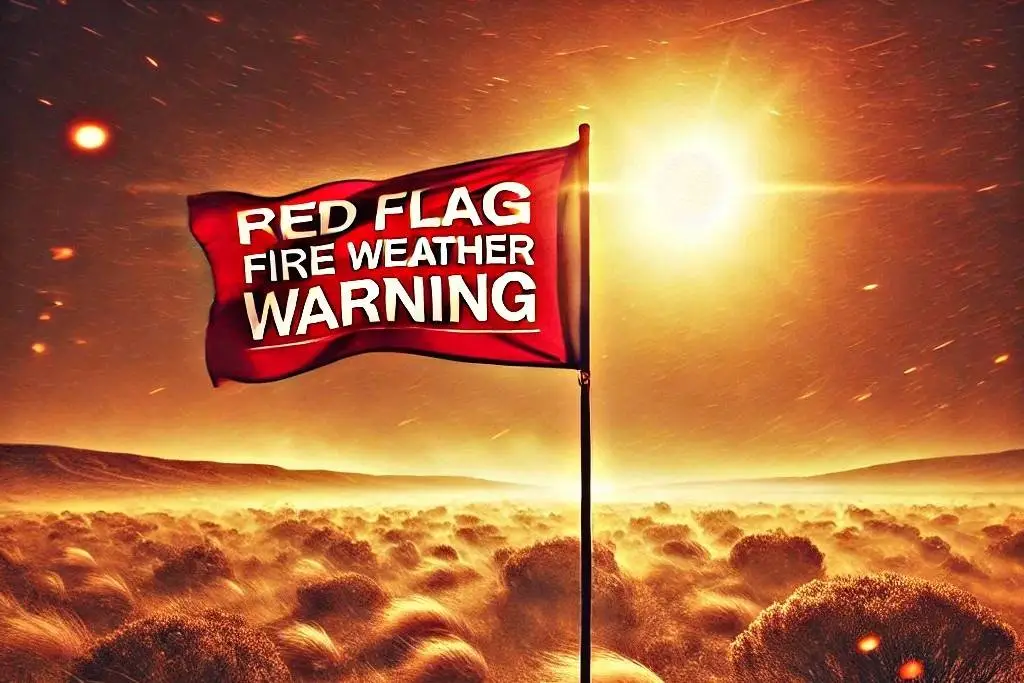In regions prone to wildfires, the term Red Flag Fire Weather Warning has become synonymous with imminent danger. This critical warning is issued by the National Weather Service (NWS) in the United States and other meteorological agencies worldwide to alert communities to conditions that could ignite and spread wildfires rapidly. While many may have heard of it, understanding the implications of a Red Flag Fire Weather Warning and how to respond to it can save lives and property.
What is a Red Flag Fire Weather Warning?
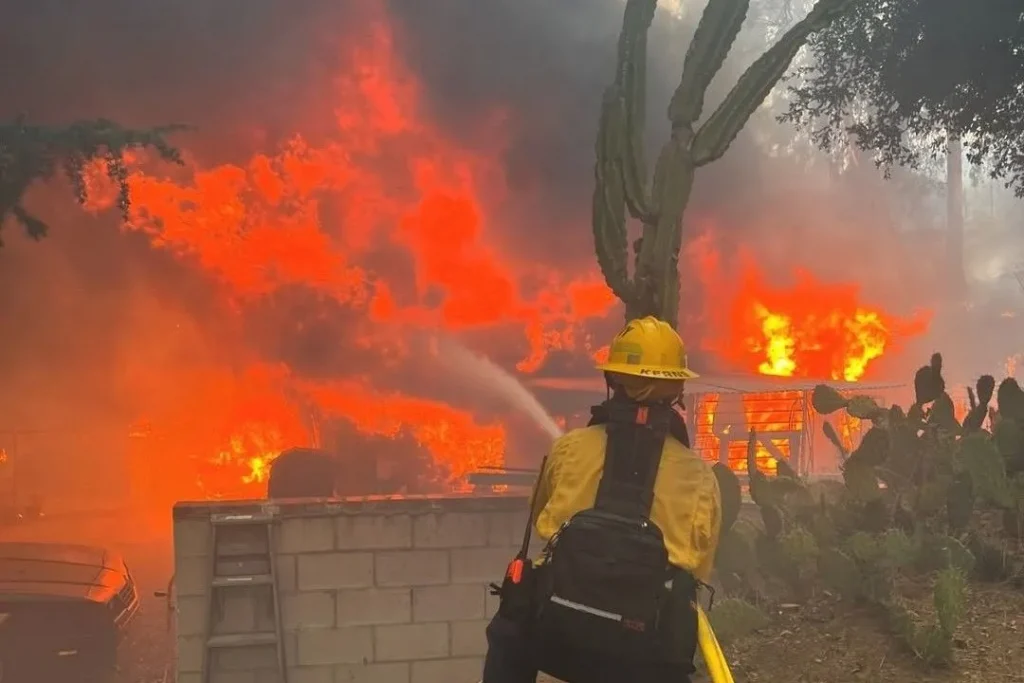
A Red Flag Fire Weather Warning is a formal notification issued when weather conditions create an elevated risk for wildfires. These warnings are based on a combination of factors, including high temperatures, low humidity, strong winds, and dry fuels like grass, shrubs, and trees. When these conditions align, even a small spark can ignite a devastating wildfire that spreads uncontrollably.
The warning is named after the red flags that were historically used to signal extreme fire danger in wildfire-prone areas. Today, the warning serves as a modern equivalent, leveraging advanced meteorological science to forecast fire risks and help communities prepare.
Criteria for Issuing a Red Flag Fire Weather Warning
The exact criteria for a Red Flag Fire Weather Warning can vary depending on the region, but generally, the following conditions must be present:
- Strong Winds: Sustained winds of 15-25 mph or higher, with gusts exceeding 35 mph, significantly increase the likelihood of rapid fire spread.
- Low Relative Humidity: Humidity levels below 25% make vegetation and other fuels more susceptible to ignition.
- High Temperatures: Hot weather exacerbates dryness, further increasing fire risk.
- Dry Fuels: Vegetation with low moisture content can ignite easily and fuel fast-moving fires.
- Critical Fire Danger Index: Meteorological tools like the Haines Index or the Keetch-Byram Drought Index assess the overall fire risk based on atmospheric stability and fuel dryness.
When these conditions are forecasted, meteorologists work closely with fire agencies to determine the need for a Red Flag Fire Weather Warning.
Why Red Flag Fire Weather Warnings Are Critical
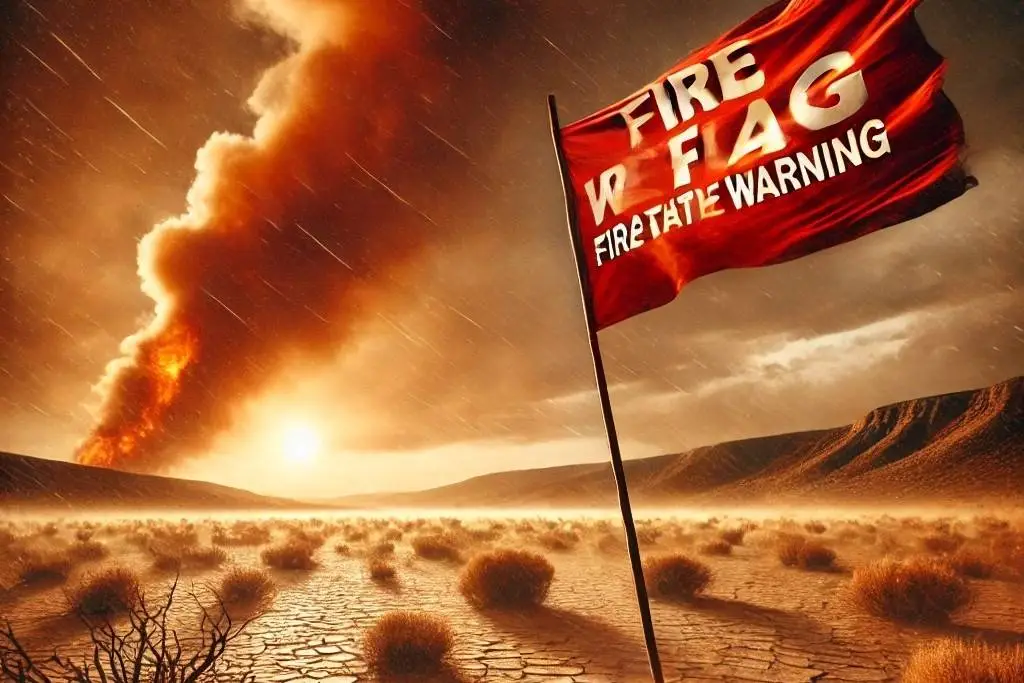
Red Flag Fire Weather Warnings serve multiple purposes:
- Public Safety: These warnings alert residents to heightened fire risks, prompting precautionary measures such as avoiding activities that could ignite fires.
- Firefighting Preparedness: Fire agencies use these warnings to pre-position resources, ensuring rapid response capabilities if a wildfire occurs.
- Community Awareness: Local governments and media outlets disseminate the warnings to educate the public about potential dangers.
Understanding these warnings is crucial, as wildfires can escalate from small ignitions to massive infernos in a matter of minutes under red flag conditions.
Responding to a Red Flag Fire Weather Warning
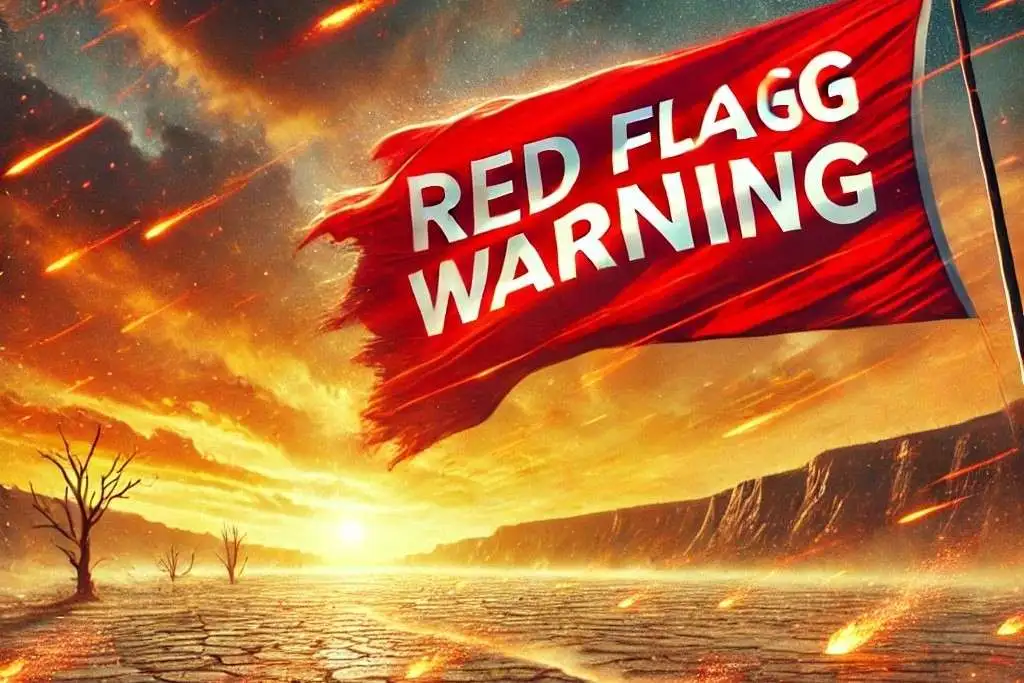
When a Red Flag Fire Weather Warning is issued, taking proactive measures can significantly reduce the risk of fires:
For Individuals and Households:
- Avoid Outdoor Burning: Postpone activities like burning debris, grilling, or using fire pits until the warning is lifted.
- Secure Flammable Materials: Store firewood, propane tanks, and other combustible items away from your home.
- Create Defensible Space: Clear vegetation and other fuels within 30-100 feet of your property to create a buffer against potential fires.
- Stay Informed: Monitor local news and weather updates for changes in fire conditions.
- Prepare for Evacuations: Have an emergency kit ready, including essential documents, medications, and supplies, in case evacuation orders are issued.
For Communities:
- Implement Fire Restrictions: Local governments may restrict activities like camping or fireworks during red flag conditions.
- Enhance Patrols: Fire agencies often increase patrols in high-risk areas to detect and suppress fires early.
- Public Education Campaigns: Community outreach programs can raise awareness about the dangers of red flag conditions and promote fire-safe behaviors.
The Role of Technology in Monitoring Red Flag Conditions
Modern technology plays a vital role in forecasting and managing Red Flag Fire Weather Warnings. Satellite imagery, remote sensing, and computer models enable meteorologists to track weather patterns and assess fire risks with greater accuracy. Tools like the Fire Weather Index (FWI) provide real-time data on fuel moisture and fire potential, helping agencies make informed decisions.
Additionally, mobile apps and alert systems now deliver Red Flag Fire Weather Warnings directly to smartphones, ensuring that the public receives timely notifications.
Case Studies: The Impact of Red Flag Fire Weather Warnings
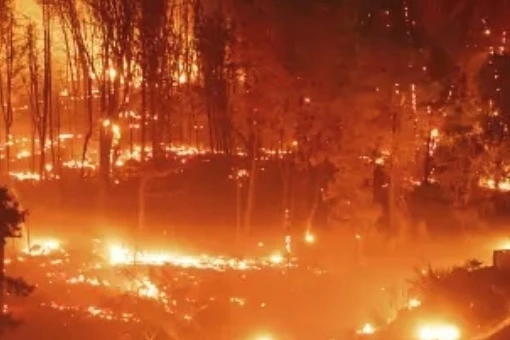
The 2018 Camp Fire, California
The Camp Fire, one of the deadliest wildfires in U.S. history, occurred under red flag conditions. Strong winds and dry fuels contributed to the fire’s rapid spread, destroying the town of Paradise and claiming 85 lives. While a Red Flag Fire Weather Warning was in place, the speed and intensity of the fire underscored the critical need for preparedness and immediate action.
The 2021 Boulder County Fires, Colorado
In December 2021, Boulder County experienced a catastrophic wildfire driven by red flag conditions. Despite the winter season, high winds and dry vegetation fueled the fire, destroying over 1,000 homes. This event highlighted the unpredictable nature of wildfires and the importance of heeding Red Flag Fire Weather Warnings year-round.
Climate Change and the Increasing Frequency of Red Flag Conditions
Climate change has been a significant factor in the increasing frequency and severity of Red Flag Fire Weather Warnings. Rising global temperatures, prolonged droughts, and shifting weather patterns have created more favorable conditions for wildfires. Regions that were previously considered low-risk are now experiencing red flag conditions, underscoring the need for widespread awareness and adaptation.
For example, the western United States has seen a marked increase in red flag days over the past two decades. Communities in states like California, Oregon, and Washington are particularly vulnerable, as these areas experience extended fire seasons and more extreme weather events.
Mitigating Fire Risks in Red Flag Conditions
Reducing the risks associated with red flag conditions requires a collaborative effort:
Policy and Infrastructure:
- Strengthen Building Codes: Mandating fire-resistant materials in construction can reduce property damage.
- Enhance Forest Management: Controlled burns and vegetation thinning can reduce fuel loads and mitigate fire spread.
- Invest in Firefighting Resources: Expanding firefighting capabilities, including personnel and equipment, is essential for rapid response.
Community Engagement:
- Firewise Programs: Initiatives like Firewise USA encourage communities to adopt fire-safe practices and improve local resilience.
- Public-Private Partnerships: Collaborations between government agencies, businesses, and non-profits can fund fire prevention and education efforts.
- Citizen Science: Engaging the public in monitoring and reporting fire risks can enhance early detection and response.
Conclusion
Red Flag Fire Weather Warnings are more than just meteorological alerts; they are lifelines for communities at risk of wildfires. By understanding the significance of these warnings and taking proactive measures, individuals, governments, and organizations can reduce the devastating impact of wildfires.
As climate change continues to amplify fire risks, the importance of Red Flag Fire Weather Warnings will only grow. Awareness, preparedness, and collaboration are key to navigating this increasingly challenging landscape and protecting lives, property, and ecosystems from the ravages of wildfires.

